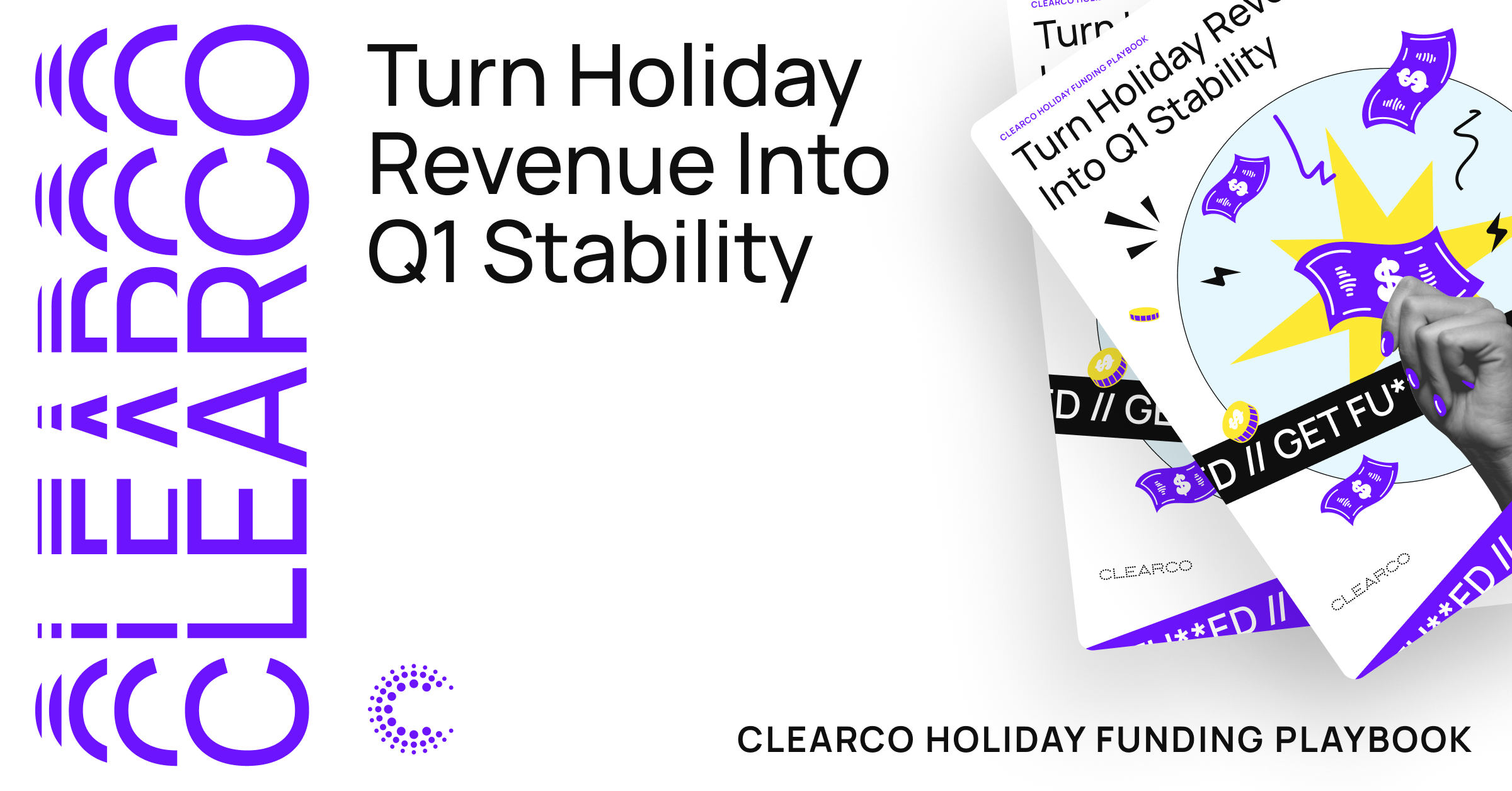The True Cost of Selling on Amazon: A Comprehensive Guide
.avif)
Selling on Amazon can be a lucrative opportunity for ecommerce brands. With Amazon holding 37% of the US ecommerce market share, listing your products here can significantly expand your reach. Considering last year’s Prime Day earned Amazon $12.9 billion in a single day, this can be a great opportunity to expand your clientele! A Harvard Business Review article estimates that around two thirds of Americans choose Amazon as their starting point when they’re looking to buy. However, it’s crucial to understand the costs involved. Here's a breakdown:
Setup Costs and Essential Fees
Amazon offers two selling plans:
- Individual Plan: $0.99 per item, suitable for businesses selling fewer than 40 items per month.
- Professional Plan: $39.95 per month, ideal for larger sellers. Includes access to Amazon Ads, Lightning Deals, and the Amazon Local Currency Converter.
- Amazon charges a referral fee, a percentage of each sale, typically 8-15% depending on the product category. This fee is deducted automatically after each sale.
- If a customer requests a refund, Amazon charges a refund processing fee of $5 or 20% of the sale price, whichever is lower.
Optional Costs
Amazon FBA (Fulfilled By Amazon) Fees
For brands not looking to ship goods themselves, Amazon sellers can opt into Amazon’s Fulfilled By Amazon (FBA) program:
- Fulfillment Costs: Amazon handles packing, shipping, and customer service. Costs vary by size and weight. For example, shipping a 2-pound box costs about $5.87.
- Storage Fees: Monthly storage fees are $0.87 per cubic foot (Jan-Sept) and $2.40 per cubic foot (Oct-Dec). The FBA New Selection program offers rebates and free storage for eligible items.
Amazon Ads
- Sponsored Products: Available to all sellers; ads cost between $0.05 and $0.10 per click.
- Sponsored Brands and Displays: Available for Brand Registry members, offering more extensive promotional options.
Is Selling on Amazon Right for You?
Amazon provides excellent visibility and access to a massive customer base. However, it's essential to weigh the fees and benefits to determine if it's a good fit for your business model. Consider your product type, business size, and logistics capabilities when making your decision. One advantage is Amazon’s flexible plans, allowing sellers to switch as needed.
Amazon Selling Fees: Amazon sellers get access to its billion-dollar market of customers. Although entrance isn’t free, the fees for becoming a seller on Amazon are fairly reasonable. Amazon’s selling fees in the United States depend on whether the business is planning to sell more than 40 items in a month. Amazon also offers an “Individual” plan for small enterprises which lets customers pay per unit and charges $0.99 per item sold. For larger brands, Amazon offers a monthly “professional” plan for $39.95.
Amazon’s individual plan and the professional plan are the only options, but Amazon sellers can choose to swap between the two at any time. Acquire more inventory or start selling more than expected. Important to note is the “professional” plan also gives the business access to features such as Amazon Ads, Lightning Deals, and the Amazon Local Currency Converter (handy when selling on Amazon USA with offices located elsewhere).
Amazon Referral Fees: Think of the $0.99 or $39.99 selling fee as the “entrance fee” – paying it gets the business a booth or stall at the worldwide virtual bazaar. Over and above this fee is Amazon’s referral fee – an additional cost on each good sold.
Amazon takes a percentage of each sale after the sale has been made. This fee is for referral costs, which the seller pays to Amazon for using its platform to make the sale. Amazon’s referral fees are around 8-15%, depending on the category and are paid to Amazon automatically after the sale.
Amazon Refund Fees: If a customer requests a refund after the purchase, Amazon issues this refund – not the seller. For doing so, Amazon charges a refund processing fee of $5 or 20% of the sale price, whichever is less. Sellers will pay this processing fee automatically if the account has enough funds, or with the credit card on file if it does not.
Optional Fees: Fulfillment, Ads, and More
Amazon FBA Fees: For brands not looking to ship goods themselves, Amazon sellers can opt into Amazon’s Fulfilled By Amazon (FBA) program. FBA allows Amazon sellers to skip the shipping, processing, or handling of the item and ship the item directly to Amazon’s warehouse. Once the item is there, Amazon will take care of packing, shipping, and delivering the customer’s order directly.
Using FBA has a number of benefits for ecommerce brands, including Prime delivery, which is a speedy service that the brand might not be able to offer by itself. Amazon lists its FBA shipping costs in advance, which are based on shipment size and so fluctuate based on volume and weight. For example, it would cost about $5.87 to ship a 2-pound box with a customer’s apparel order.
FBA Storage Fees: Amazon FBA also charges a monthly storage fee in peak and off-peak times. As of July 2024, Amazon’s storage fee is $0.87 per cubic foot in January-September and $2.40 per cubic foot October-December. Eligible Amazon Sellers with new-to-Amazon items can take part in the FBA New Selection program, which offers a 0-12% rebate, free monthly inventory storage, and no liquidation costs. FBA New Selection is especially great for brands, which might have new Amazon parent listings if selling customized or branded items.
Amazon Ads: Ecommerce sellers enrolled in Amazon’s Brand Registry have a few options to promote the brand: Amazon-sponsored products, sponsored brands, and sponsored displays are available to brands in the Brand Registry. For non-brand sellers, Amazon Ads are only available on sponsored products. Amazon Ads are cost-per-click, which means sellers don’t need to pay for the advertisement until the ad is actually clicked on by a customer and ranges from $0.05 to $0.10 cents per click.
Should ecommerce brands sell on Amazon?
Amazon is a great way to bring visibility to an ecommerce brand or product line. Whether or not a business is a good fit for Amazon’s business model, fee structure, and shipment methods will depend on the features of the ecommerce brand. The type of goods, size of goods, and the number of years in business are all factors that will contribute to the final choice – which doesn’t necessarily need to be a final decision since one of the benefits of Amazon selling is the flexibility of its offerings.
By understanding these costs, you can better plan your strategy and optimize your profits while selling on Amazon. Happy selling! 🏷️
💡Additional Information: For a deeper dive into each fee category, visit the Amazon seller central or consult specific articles on Amazon's website for the most current information and fee structures.
Still Have Questions?
Join our CEO Andrew C. Curtis and CFO, CPG Irene de Gooyer-Collins, CPA, CMA of Growth Partners on the upcoming EcomCrew webinar with hosts Mike Jackness and Dave Bryant.
We'll cover all things Amazon sellers:
- When to seek financial opportunities to grow your Amazon business
- Why you should have working capital to support major sale holidays
- Types of funding and financing available to Amazon sellers... and so much more!


.png)

